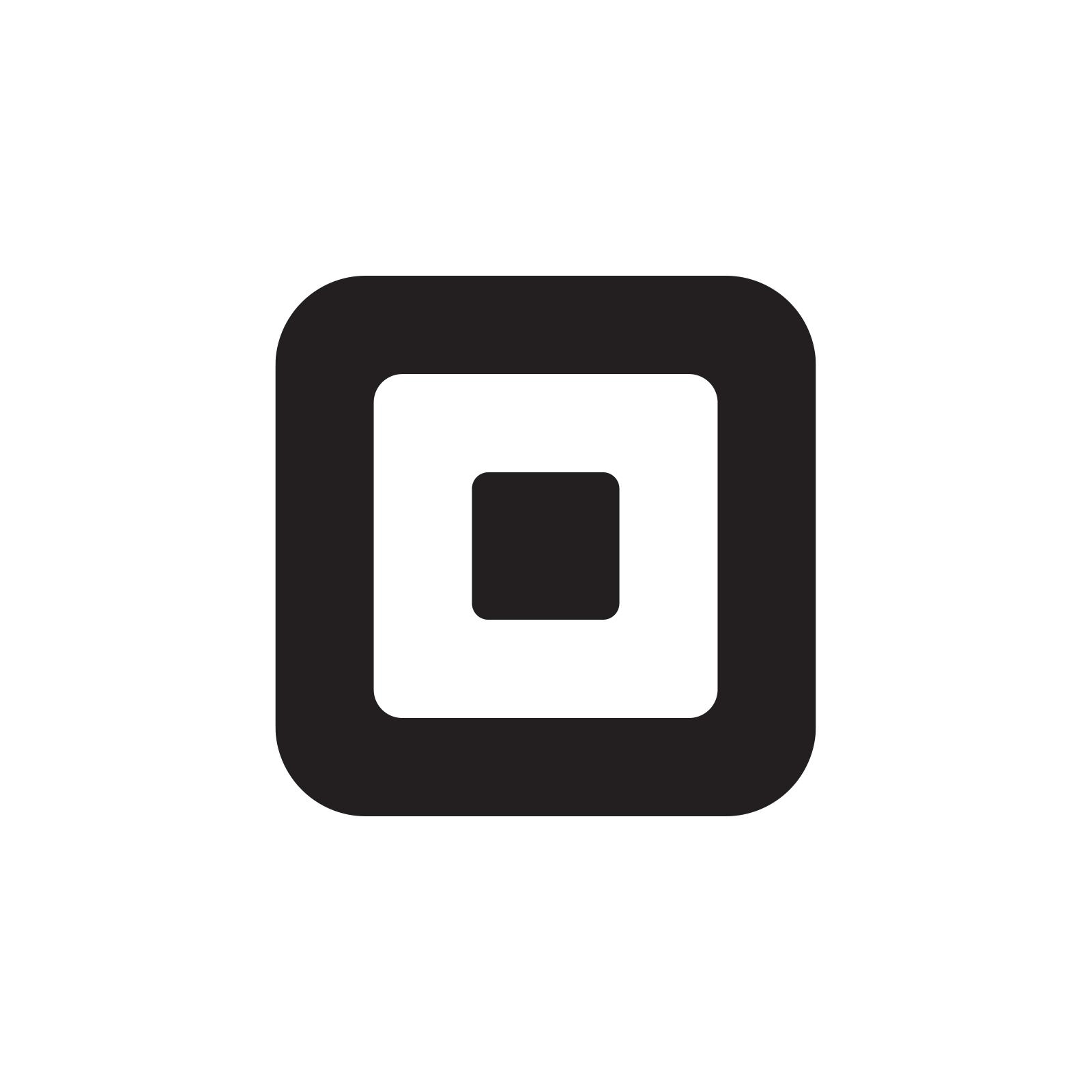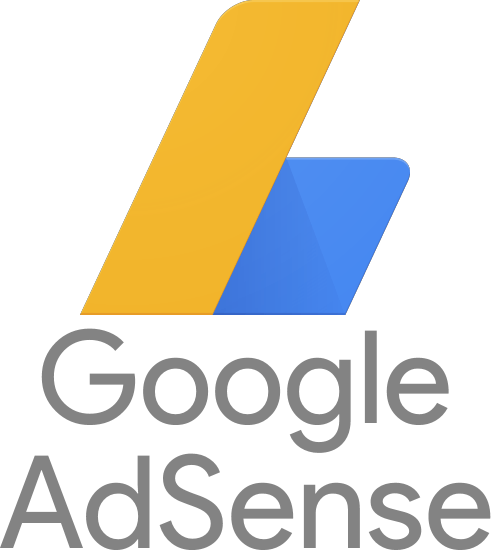How We Started A Meal Prep Delivery Business And Did $1.8M In Sales
Hello! Who are you and what business did you start?
Hi, my name is TJ and I am the co-founder and CEO of Healthy Chew.
Healthy Chew is a weekly meal preparation service based out of Little Rock, Arkansas. Our company focuses on making calorie friendly versions of the foods people know and love. We have dishes like beef brisket with mashed sweet potatoes and green beans, parmesan chicken with seasoned noodles topped with a tomato sauce and a side of broccoli, and chicken enchiladas served with corn, beans, and colorful bell peppers.
When we first started, we sold around 200 bowls each week. We currently sell around 10,000 bowls each month. Most companies like this start the same way, cooking from their primary residence for family and friends. We were no exception. But as we continued to grow, we spent time and money to work out of rentable commercial kitchens until we were able to afford our own.

What's your backstory and how did you come up with the idea?
My name is TJ. I am currently serving as the Chief Executive Officer and 50% owner. I was originally hired to help my business partner Peter wash dishes and make breakfast. Peter had been meal prepping for about 1 year before he brought me on board. When I was hired, I saw that he was a fantastic chef, handled sales, and was able to grow without efficiency.
Don’t be afraid to ask for help. That one Facebook video doubled our client base overnight.
I filled in the gaps and taught him how to properly scale the company, hire more employees, and both structure and organize it into a self-sustaining business. I lacked the sales and cooking experience he had. So we were very yin and yang.
When I was originally hired, I was also working as a security guard at a local university. The company was originally called PNF Meals which stood for “Peter Nguyen Fitness Meals”.
When I was brought on, I recommended we shift the company from a part-time side hustle to a full-fledged company that was built into an asset that could be sold one day. We rebranded from PNF Meals to Healthy Chew in November 2016 and I became a co-owner in January 2017.
Take us through the process of designing and prototyping the original product.
When we first started, we had no clue what we were doing. We jumped on Instagram for inspiration. After finding of 6 companies, we hopped on YouTube to see some videos of their products first hand. We noticed that every single company we looked at had their products in a black bowl with a clear lid. So we googled “black meal prep plates” and bought the one from the top result.
As for the recipes, those have all been Peter’s work. He grew up in a kitchen working for his parent's Chinese restaurant. We never really needed to prototype any of our dishes since the overall goal for our meals is to be lower calorie alternatives of the dishes people know and love. We pretty much just sat down and said “enchiladas sound good, let’s put some on the menu. Ooh, also put parmesan chicken on there too”.


At first, we did not have labels or calories included with our meals. Those came after a handful of customers told us “we love the food, but we forgot what meal this was”. At the time, Peter worked as a receptionist at a doctor's office and he noticed they had mailing labels with their address that they would stick on envelopes to save time. We started buying those to put the dish name and the macros on the bowls.
Overall our startup costs were around $25,000. We bought a handful of pots, pans, plates, the cheapest gas stove/oven combo we could get, and a lot of fridges. This number has expanded to around $500,000 over the last few years with the growth of the company.
Describe the process of launching the business.
Healthy Chew was started as a side project. We focused a lot of our initial efforts on producing the most delicious food that was packed in the most beautiful way. Our first website was built on Squarespace and was very ugly. Since neither of us was web designers, we made do with what we had. Funny enough, our business had grown to over $500,000 in total gross sales before we upgraded from Peters's old gaming PC running Windows Vista (This was in 2017).

Our original business was financed using Peters's credit cards. When we expanded into our own retail store, we received a $50,000 loan that was co-signed by Peters father. That $50,000 was mostly spent on the first 6 months rent, a walk in fridge, a vent hood, and a bunch of tables and racks. We accepted any hand-me-down that we could get. Our friends donated things like old computers (that ran Windows 7), computer chairs, regular chairs, and other general office supplies.
The $50,000 loan we received from Peters's father was to be paid back in 2 years. This was probably the hardest thing our business had to endure. Because of this, we bartered a lot with our clients for their services including tax preparation, food, building maintenance, and labor. Also, Peter and I did not draw a paycheck during these 2 years.
Our big launch was pretty cool. I made a silly video that fit our personalities and shared it on our facebook page. We asked our friends and family to share that video and it received over 160 shares and over 23,000 views. Because of this, we saw a customer base large enough to sustain the business bills immediately.
Video link: embed:facebook_video
If there was one lesson I learned from this experience, I’d say to not be afraid to ask for help. That one video doubled our client base overnight.
Since launch, what has worked to attract and retain customers?
Attracting customers hasn’t been too hard for us because we live in a medium sized city that has a small town feel. Everyone kind of knows everyone here, so word travels fairly organically.
Originally we did not have photos of our products. When I became a co-owner of the company, the first thing I did was purchase a $120 3 point softbox light kit on amazon. After making every dish, I took about 15 minutes to get the best product photo I possibly could using my iPhone 7. All of this knowledge came from watching 20 minutes of YouTube videos.
After making a catalogue of product photos, it was much easier to sell a dish the 2nd time it was on the menu since our customers could see it. It also made it easier for us because we could look back at the photo and see what sides and sauces we used.
Retaining customers wasn’t a challenge because our product was a full weeks worth of freshly-made/calorie friendly food at once.
We have focused most of our marketing budget networking with influencers, business owners, and facebook/instagram advertising. We spend roughly $1,000 each month on between ads and our graphic designer who produces them. They currently help take photos such as the one below, add the name of the dish, the macros, and our logo to a post scheduled for the week it’s planned to be on the menu.

We were actually one of the first few weekly meal preparation services in town, so we have market dominance on that. We keep our customers happy a number of ways including great customer service, providing them an amazing product as advertised, asking for feedback, and adding new dishes from time to time.
We are pretty old school when it comes to feedback. We ask our customers when they come in to pick up their dishes for the week what they liked about their previous weeks order. We also send out polls to our facebook page and mailing list as to what our customers would like to see.
To this day, 80% of our new dishes that end up on the menu are still “what does TJ want to try this week/month.” Crazy enough, our customers seem to like the same foods that I like.
I’d definitely recommend adding personality to your business as well. We occasionally have “Selfie Tuesdays” where we offer our clients (and potential clients) a free meal if they come to the store, take a selfie with our staff and the food, and share it to their social media pages. We do this to encourage community feedback, as well as market it to an audience that might be on the verge of becoming a customer.
How are you doing today and what does the future look like?
We are currently a profitable business that has done over $1,800,000 in sales in just over 3 years. Our customers spend around 4 minutes each week on our website placing their order. Our facebook page has grown to over 7,300 likes. Our email list has over 5,900 subscribers. We have over 3,400 registered accounts that have been created on our ordering software.
Our company works like this; each week we produce 24 different offerings each week. 7 gourmet options (which would be lower calorie versions of the food people know and love), 5 meal block options (a diet created with a partnership with 10 fitness, the biggest fitness center facilities in Arkansas), 5 kids menu offerings, 5 breakfasts, and 2 sweet treats known as vegan donuts. Our customers order a weeks worth of food anytime before 11:59p Thursdays. Friday-Sunday we produces these orders and delivery/pickups are Sunday evenings 6-9p or anytime during the week.
The longer term goal for Healthy Chew is to expand into national shipping, as we currently only serve our locals. We are also working on a few partnerships with national retailers to have our food sold in grocery stores, as well as a few local deals with smaller grocers.
Through starting the business, have you learned anything particularly helpful or advantageous?
Looking back, there are always things we could’ve done better, given the knowledge we have today.
When our company first launched, we did almost everything manually. One thing that stands out is that we used to have our customers call us to place their order, we would then write it down to fill into a spreadsheet for for our final numbers. We would then make their order, deliver it to them, and invoice them AFTERWARDS.
Eventually, I became aware of this and found some software that did most of this for us. It sounds silly, but when you’re a rapidly growing company, you aren’t always aware of simple, yet odd ways that your company does each individual process.
Things we have done right have been always putting the customer and the product first. We strive to give the most personalized service of any company in our area. We also add personality to our marketing. We want our customers to realize that we aren’t some big business. We are young entrepreneurs that care about our customers and want to put smiles on their faces.
Lessons learned were simply that you shouldn’t take every opportunity that presents itself. Even if it’s good for business today, it may destroy you later. While we have never regretted any of our decisions, I’ve definitely been happier with the opportunities that I’ve passed up (such as not selling 3rd party snacks, drinks, and other vending machine items). These products would have increased sales, but would’ve complicated our overall business structure/bagging/inventory.
What platform/tools do you use for your business?
We currently use a handful of software such as hootsuite for marketing, spoonfed for our ordering system, wordpress for our website, and MailChimp for our email list. All of these have followed my 3 rules for business success. Save Time, Save Money, Make Money.
What have been the most influential books, podcasts, or other resources?
I really love listening to audiobooks. A few of my favorites were;
These 3 books shaped my mind to realize that business growth is attainable with the right mindset.
Millionaire Fastlane is about building scalable systems that can operate independent of your attention.
Built to sell is about building system that’ll allow your company to eventually be an asset that other businesses would like to acquire.
You are a badass at making money was just a fun book that teaches people that money is simply a resource. We can always make more money, you’ll just have to get creative.
Advice for other entrepreneurs who want to get started or are just starting out?
I’d love to tell everyone that starting a business is easy. To be honest, it was very easy to START a business. Growing the business into a self sustaining company entity that doesn’t require 70+ hour work weeks is hard.
The best advice I can give anyone is to realize that there will be problems. Things will go wrong. You will not always have a fun time. But 1 week, 1 month, 1 year from now, you’ll be so much happier if you’ve already gotten started. Make today the day you make the first move. Because tomorrow you’ll wish you started yesterday.
Are you looking to hire for certain positions right now?
We are hiring for a part time marketing director. We are looking for someone who can help us produce a little content (both written and video) to help promote healthy eating and positive life choices.
Where can we go to learn more?
- Website - www.healthychewkitchen.com
- Facebook - healthychewkitchen
- Instagram - healthychew
If you have any questions or comments, drop a comment below!

Download the report and join our email newsletter packed with business ideas and money-making opportunities, backed by real-life case studies.

Download the report and join our email newsletter packed with business ideas and money-making opportunities, backed by real-life case studies.

Download the report and join our email newsletter packed with business ideas and money-making opportunities, backed by real-life case studies.

Download the report and join our email newsletter packed with business ideas and money-making opportunities, backed by real-life case studies.

Download the report and join our email newsletter packed with business ideas and money-making opportunities, backed by real-life case studies.

Download the report and join our email newsletter packed with business ideas and money-making opportunities, backed by real-life case studies.

Download the report and join our email newsletter packed with business ideas and money-making opportunities, backed by real-life case studies.

Download the report and join our email newsletter packed with business ideas and money-making opportunities, backed by real-life case studies.






























